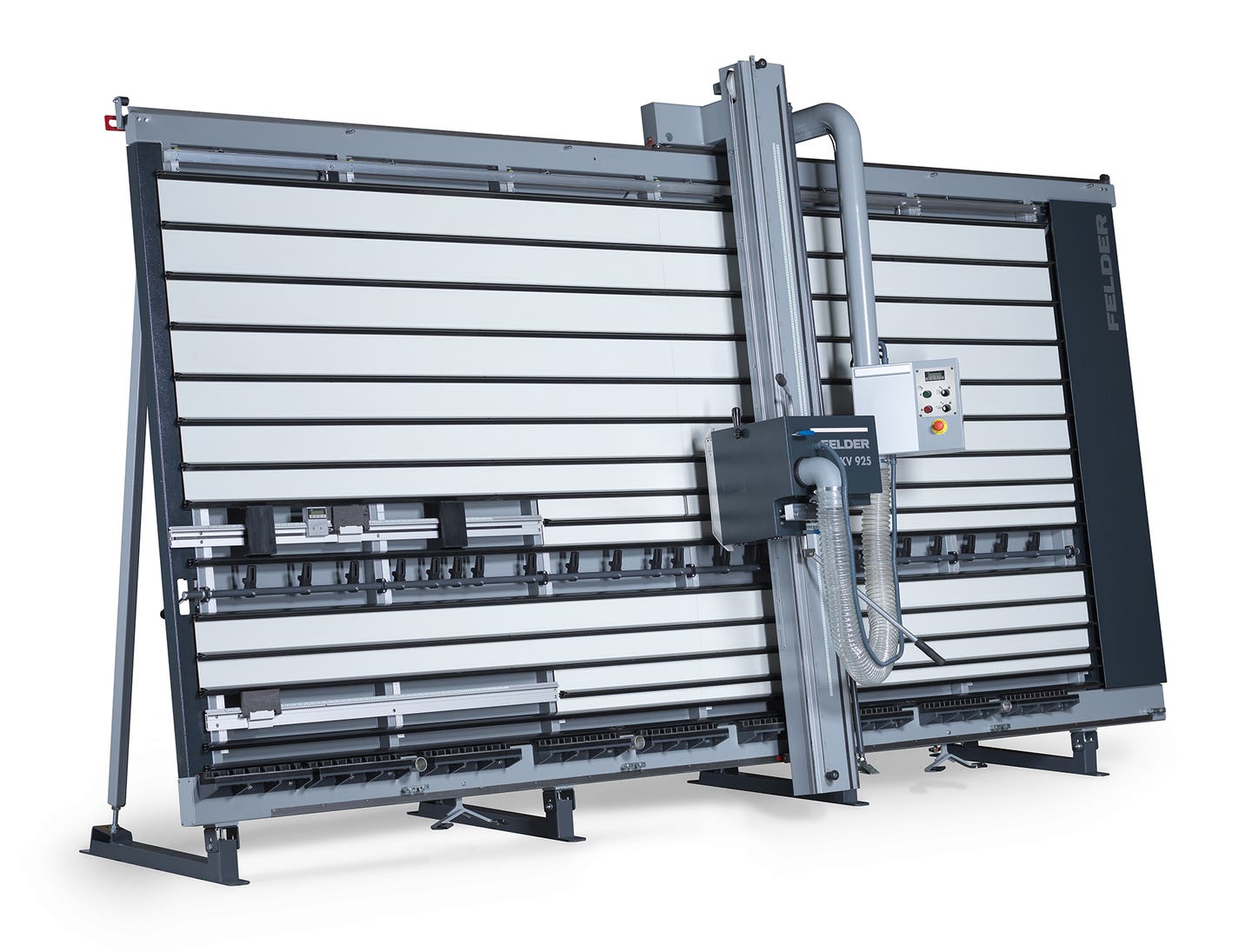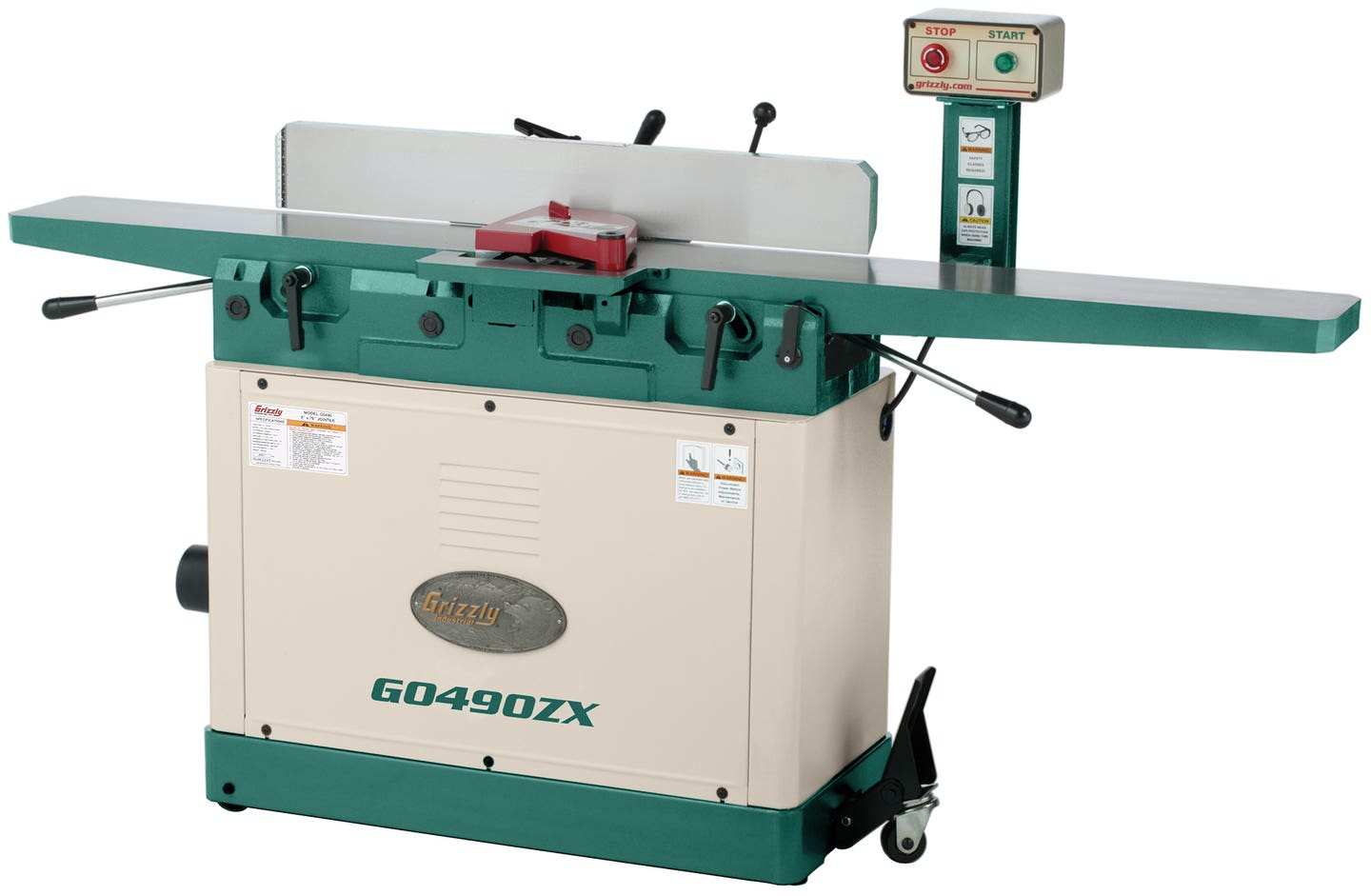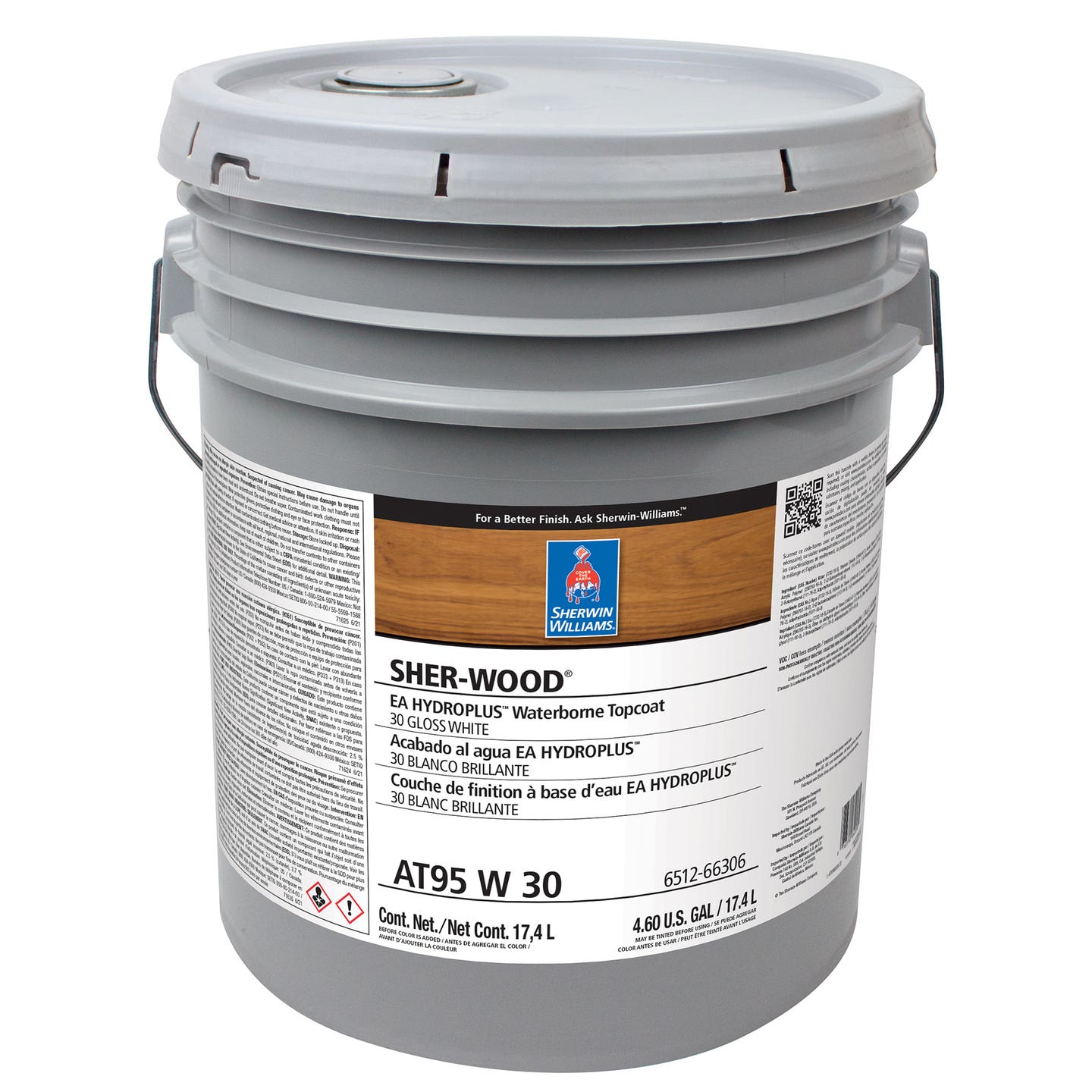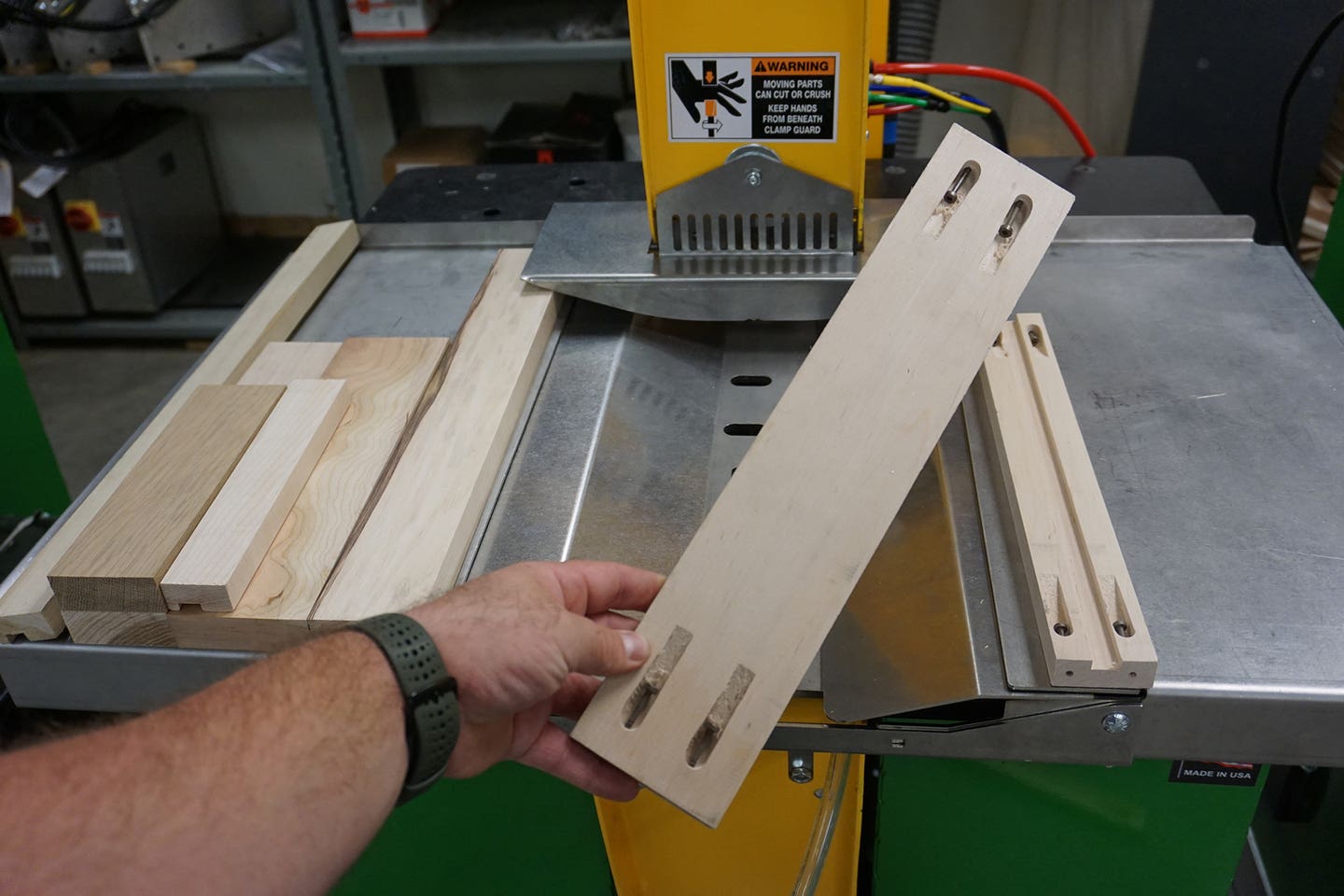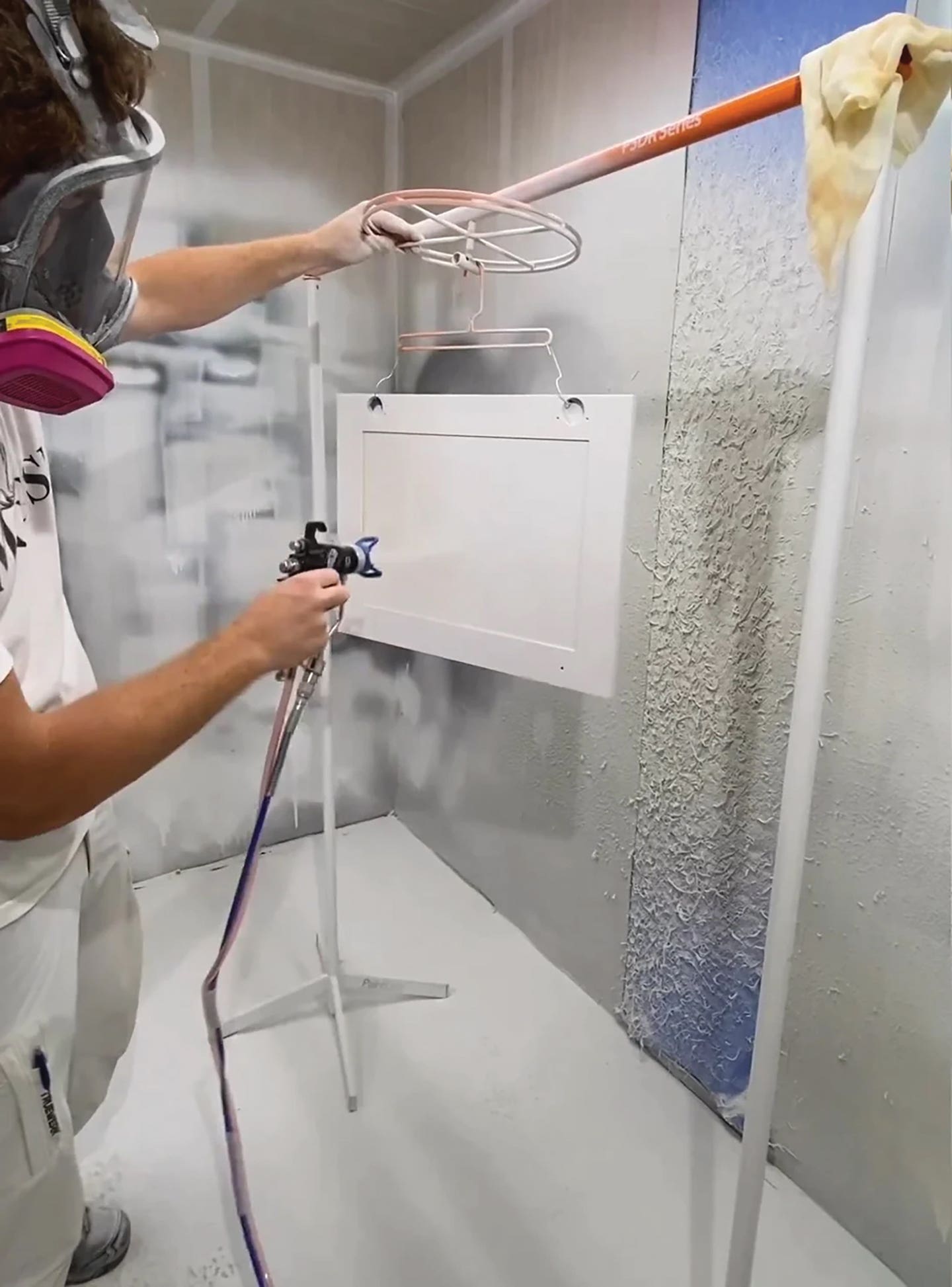Sign making: Combining art, skill, tooling and machinery
Sign making is definitely one route that a woodshop can take to turn an idle CNC router into a profitable investment. Pretty much any model can carve signs in wood, foam or plastic, and the major physical limit is usually just the size of the machine’s work area.
Sign making is definitely one route that a woodshop can take to turn an idle CNC router into a profitable investment. Pretty much any model can carve signs in wood, foam or plastic, and the major physical limit is usually just the size of the machine’s work area.
Shops that specialize in sign making either do all the design work in-house or they partner with an advertising or sign business and act as a subcontractor. But owning or having access to a CNC machine is only the first step. You’ll also need tooling, software, training, and spray booth upgrades (parts may need to be painted or otherwise coated, rather than just using traditional wood finishes), and most shops will probably need to bring some marketing expertise on board to help sell this new skill.
In addition, there’s a learning curve for sign makers who add plastics, acrylic, metals and other materials to their menu – products that don’t always behave the way solid wood and sheet goods do. Even on a CNC the travel and rotation speed of spindles can vary a lot, as will the cutter shape, size and geometry. Many signs are thicker than casework components and often are contoured or otherwise irregularly shaped, so work holding can be a challenge. Many also may require the addition of an aggregate head to reach around curves or into nooks and crannies.
The machinery and tools are available to any shop, but making them sing requires some dedication, training and design talent. Great sign makers are artists, and their approach is complex.
Take, for example, Fred Schlatter of Benicia, Calif. He uses a combination of portable power tools (routers, grinders and sanders); hand tools such as chisels and files; fine art skills that include drawing, painting and gilding, and of course a computer to aid in design. Before walking down this road, do yourself a favor and watch Schlatter’s video about what he does, and how he does it (at carvedgraphics.net), just to see where the journey may take you.
Once a shop has decided to make signs, the first step is usually to survey available machines and tooling. There’s a lot out there.
Machine shopping
What style of signs will you produce?
How a woodshop owner or manager answers that question will determine everything that follows. If the shop is going to produce thin, simple, lettered signs for architects who design office buildings, that’s a whole lot different than making massive roadside displays for, say, Las Vegas hotels or casinos. For the former, a dedicated engraver or even a laser might be a less expensive option than a large CNC platform. However, larger machines are generally faster, more durable, more flexible and often more automated.
Depending on the machine that a shop owns, almost every major machine supplier offers sign making capabilities – and customer testimonials that explain the advantages of each. Before investing in new equipment, check with your supplier and ask about software and tooling options for the machines you already own. Their clients who specialize in sign making may be willing to share some knowledge, as long as you’re not a direct geographical competitor.
For example, Camaster has an entire section of its website (camaster.com) dedicated to sign making. Its routers are used to carve signs in wood, plastic, bronze, aluminum, foam and other materials. Techno CNC Systems also has a sign maker’s page at technocnc.com.
Vision Engraving & Routing Systems (visionengravers.com) has a number of solutions for woodshops that are just entering this market segment, or that may want to initially limit both their space and budget investment. The company’s three and a half decades of engraving experience has been packed into some pint-size power houses that have table sizes starting at just 2.5” x 6”. As the shop’s needs grow, so do the desktop engravers – all the way up to industrial models with a 24” x 48” workspace that can also handle Braille signage.
For jobs that exceed those parameters, Vision has recently introduced the 1624R, which is a CNC router/engraver that handles a wide variety of applications including milling, drilling, contouring and routing. And the company makes models that can handle work up to 48” x 96”, including the VR48. Some of Vision’s machines use single-phase Black Box vacuums to hold work, and they also support an oscillating knife that lets a shop work with a variety of materials such as graphic foam boards, closed cell foam, plastic-covered foam, corrugated cardboard and plastic, gasket materials, rubber, cork, felt and other single-ply cloth or fabric, vinyl and even leather.
Shopsabre (shopsabre.com) makes machines suitable for hobbyists and full-production manufacturing. Options include vision recognition systems, tangential knife systems and multiple tool capabilities. Its CNC routers can handle designs from a very simple 2D project to a complex 3D sign, using existing DXF files, clip art and photographs or new designs from scratch.
Multicam’s Signmaker Express (at multimcam.com) delivers fine finishes around the edges of sign parts. It cuts at a speed of up to 1,500 inches per minute and comes with a steel frame to eliminate vibration, and a productivity software suite. It has automatic calibration, and a number of customizable options such as a phenolic four-zone, slide-valve work surface, CAD/CAM software, and the Multivision Digital Registration System that uses a camera and software to reduce errors in digital cutting.
Bits and knives
The heart and soul of sign making is tooling, and several manufacturers recognize the need to package bits in sets that can help a woodshop get going.
Vortex Tool Co. (vortextool.com) offers a startup kit – item No. 6000 – that includes everything from a spoil-board cutter to ball-nose spirals, engraving bits, O flute (for plastic) up-cut or down spirals, and a double-edged 1/8” straight bit. And several sign makers have mentioned the series 2200 tapered ball-nose spirals from Vortex. These four bits were specifically designed for carving machines like those made by Legacy, and they are used for fluting or for routing slots with rounded bottoms or inside corners. The tapers are 1/16” to 1/4”; 1/8” to 1/4”; 1/2” to 1/4”; and 1/2” to 3/8”.
Amana Tool offers an entire online page (at amanatool.com) of industrial grade bit kits for engraving and sign making. They include solid one-piece tools and insert bits with replacement knives, and the profiles run the gamut from simple V-grooves to round shoulders, bottom rounds, engravers and miter fold bits.
Freud Tools (freudtools.com) offers an eight-piece CNC router bit sign making set designated as item No. 87-108. It includes a couple of up-cut spiral ball nose bits, two tapered ball tips, an up-cut spiral, a down spiral, a 3/4” 90-degree V-groove, and a 1/2” 60-degree V-groove.
GDP/GUHDO has an entire catalog of bits online (at guhdo.com). There are sections for solid carbide plus insert tools, and even diamond tooling for production runs. The company also manufactures made-to-order diamond router tooling.
Nap Gladu (napgladu.com) offers a number of bits that are ideal for sign making, including a two-flute round nose in seven cutting diameters from 1/8” to 3/4”. This bit has extra-long carbide for deep cuts, and incorporates the ability to plunge. The company’s 90B (90-degree V-groove) was specifically designed for intricate sign making and decorative cuts, and a 60-degree version (the 60B) is intended for veining and incised sign lettering.
Whiteside Machine Co. (whitesiderouterbits.com) offers four engraving bits, a large selection of round nose and veining bits, and three round nose bits with guide bearings for template work.
Centurion Tools (centuriontools.com) offers free shipping if a shop buys six or more cutters as a starter kit, and the company makes V-groove, engraving, and O flute bits, among others. And Integra Precision (ipgandm.com) also offers a range of bits for sign makers.
Software options
There are several software programs that a potential sign maker might want to explore. For example, Vectric’s Aspire and VCarve Pro programs (at vectric.com) both include the tools to design and carve complete signs in one piece of material, or to accurately create separate parts that can be more easily finished and assembled.
EnRoute’s sign making software (at enroutesoftware.com) allows a woodshop to first create 2D artwork, and then add 3D reliefs and textures using parametric textures, a rapid texture/rapid picture app, and bitmaps. The rapid texture tool also lets a designer create unique surfaces by taking advantage of the shape and diameter of a shop’s cutting tools, while at the same time reducing cut times.
More sign making sources can be found in the Woodshop News’ Resource Guide at resourceguide.woodshopnews.com.
This article originally appeared in the January 2018 issue.



